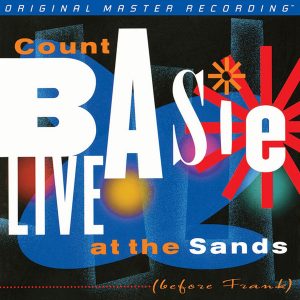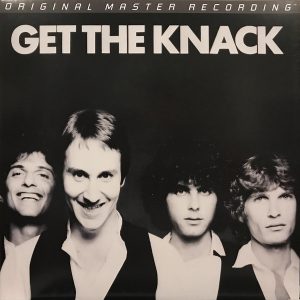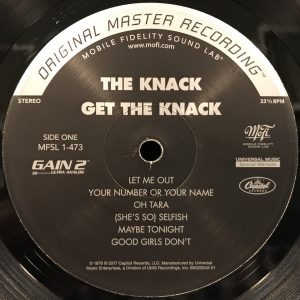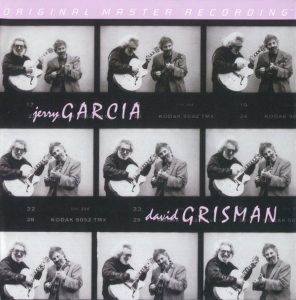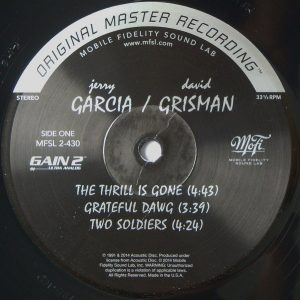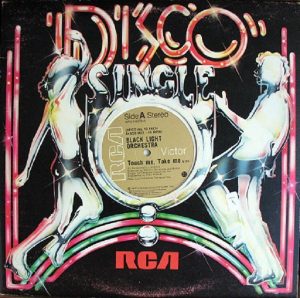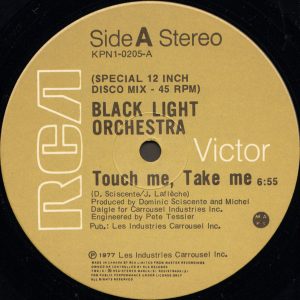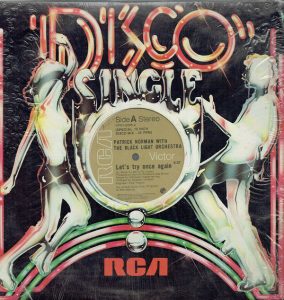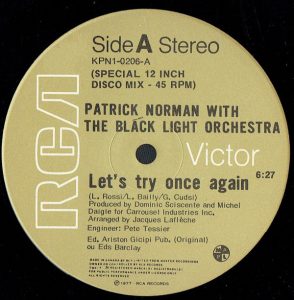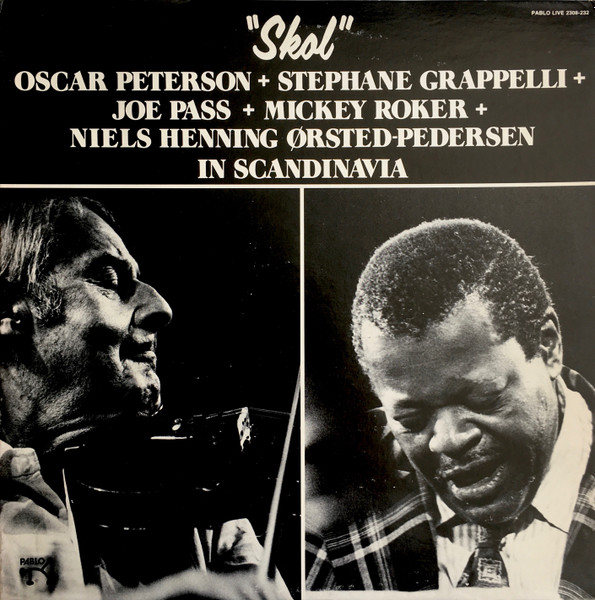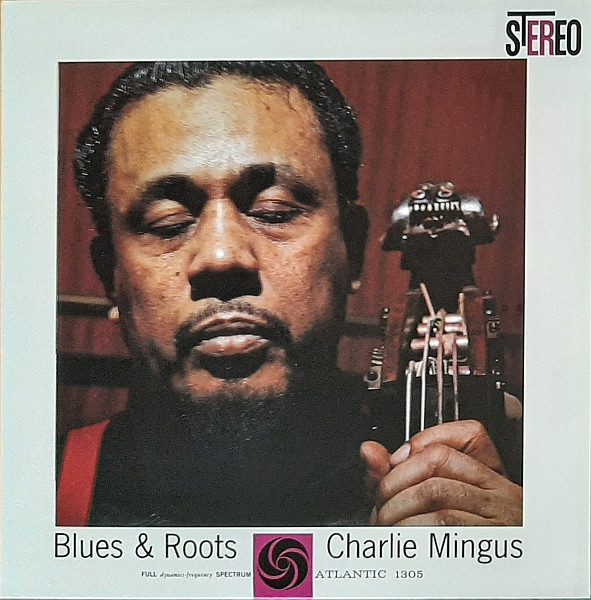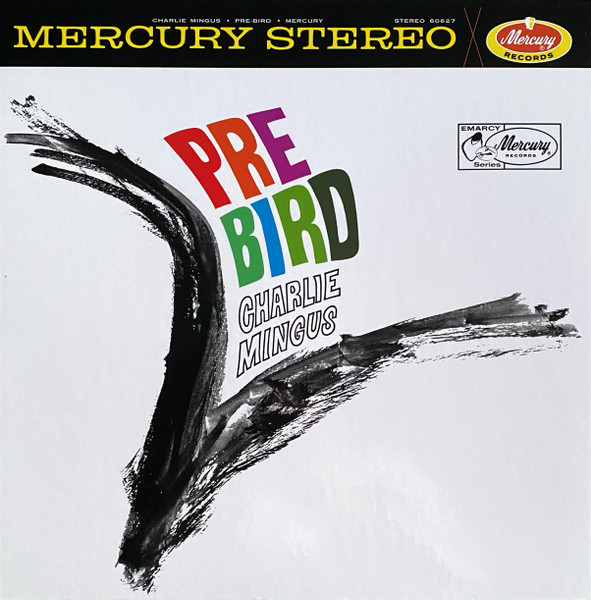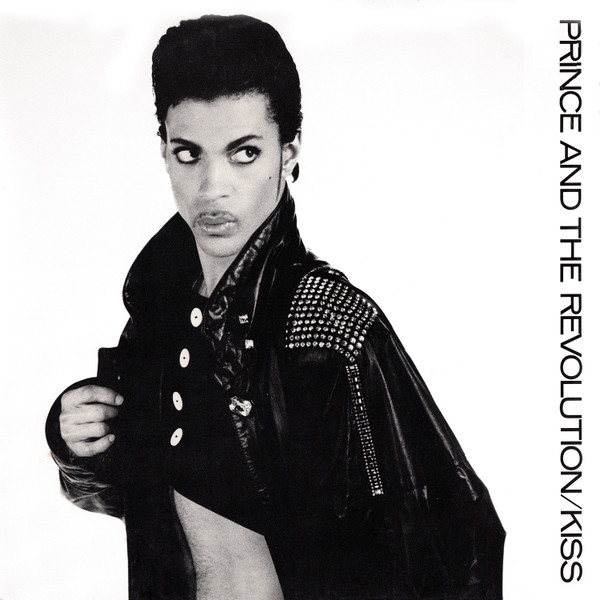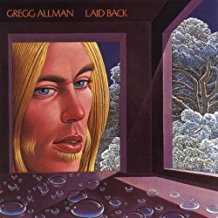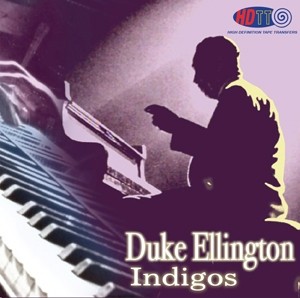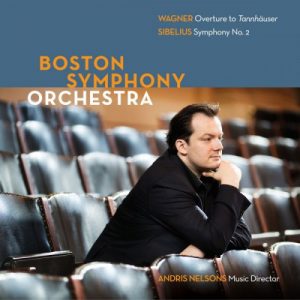This is an ongoing project by Claude Lemaire of Soundevaluations
111. Count Basie, Live at the Sands (Before Frank). MoFi – MFSL 2-401 (2013), (2x33 1/3 rpm). Genre: big band swing, jazz.
What happens in Vegas, stays in Vegas, and apparently that is exactly what happened to this original 1966 recording before Reprise finally release it in 1998—but only on CD at the time. Thankfully MoFi took it upon themselves to cut it on vinyl in 2013. It goes without saying that opening for Frank—flying at the top of the Rat Pack and at the apex of fame back then—must have represented the highlight of the Count's career, and reciprocally the best warm up any cool cat could wish for. In fact, the combination of the Count with the "Chairman" in concert can be found on Sinatra at the Sands released at the time in July 1966 [Reprise 2FS1019], and remastered in 2010 [MoFi MFSL 2-332]. For this LP, the original separate short sessions arranged and conducted by Quincy Jones were produced by Sonny Burke and beautifully recorded on 4-track tape by engineer Lowell Frank in late January and early February. These were later mixed by James Farber at the Hit Factory NYC with post producers Dana Watson and Matt Pierson creating one long set simulating in effect a "normal" flow big band concert. Spread on four silent shiny sides of RTI-pressed black vinyl, Live at the Sands (Before Frank) showcases Basie's band, being both bold and big in sound. From the get-go the Count is seated at stage left and pardon the pun but there is no rush to see him exit. His 88 keys may not sound as weighty as on future Pablo recordings but nevertheless it resonates with worthy realism. Sonny Payne's drums are centered deep in back filling the wide stage with immense solidity, power, drive, dynamics, and speed. The intensity of his strokes seem to show no ceiling range limit on the tape nor the cutter head and appear to move towards us, such is their forceful impact. The bass is huge and powerful encompassing the stage—slightly less so on side B though perhaps more transparent for the brass. The many trombones—four in all—with or without various mutes steal the show, providing a crisp, crunchy, bold, blat sound, bringing increased realism to the fore like seldom heard on record. Trumpets, saxes, clarinets, and flute follow close behind. My sole sonic criticism lies in the cymbals that sound a bit distant and greyish instead of defined and burnish. With its mild background chatter of clinking glasses the overall sound resembles my own big band jazz analog recordings I sometimes did at L'Air du Temps—since closed—situated in old Montreal, and as such is more raw and direct, reflective of real life, than the sultry polished studio sound of his 88 Basie Street album also in this List (see entry 49 from my Top 500 SuperSonic HERE). MoFi's Krieg Wunderlich did an astounding job maintaining a fine tonal balance; add to that a stupendous dynamic window, even more so considering this is a double-33 1/3 and not a double-45 rpm.
112. The Knack, Get the Knack. Capitol Records – SO-11948 (1979), MoFi – MFSL 1-473 (2017), 33 1/3 rpm. Genre: power pop, new wave.
It's as if some bands just have a knack of bursting onto the scene with something so fresh that it marks a before and after moment in time; such was the case with Los Angeles based The Knack—the latter name recuperated from Richard Lester's 1965 Brit comedy film The Knack ...and How to Get It. Released in June 1979, their debut LP made a big splash flooding the FM airwaves due to their major hit single "My Sharona" climbing the charts. Inspired by then 16-year-old Sharona Alperin, singer-guitarist Doug Fieger fell hard for his little pretty one, and used an old drum and guitar riff from lead guitarist Berton Averre as the song's template. With its upbeat, high-octane, punchy, syncopated-rhythmic riff, the quartet successfully navigated the new wave waters by channeling the spirit and energy of the early Beatles, British beat music, and The Who with the toned-down raw energy of punk, providing the perfect blue print for power pop. Predecessors Cheap Trick paved the way with their self-titled debut LP [Epic PE 34400] and follow-up In Color [Epic PE 34884] in February and September 1977 as well as echoes of Elvis Costello's earliest albums. Producer Mike Chapman—responsible for Blondie's 1978 breakthrough Parallel Lines [Chryalis CHR 1192]—commanded engineers David Tickle and Pete Coleman to create "the biggest drum sound ever recorded." They accomplish this by placing numerous Neumann mics–KM84's, 25 feet at the left and right and 12 feet high, a third on the snare, a fourth 10 feet over the drummer's head, a pair for the cymbals, and FET 47 for kick and toms—surrounding the Gretsch drumkit situated 15 feet from the back wall in the huge 30-foot ceiling room. The room mics were routed through Urei 1176 compressors with the snare strikes triggering them to compress and "suck in the sound of the room." Tube U67 and Shure SM57 were far and close-combined, capturing their Vox guitar amps, and tube 47 handled the Ampeg BA115 bass combo amp, and main vocals—the latter all dry, as with the rest of the instruments including no effects in the mix which is rather rare but it is what provides the album's unique direct crisp sound. All four musicians were recorded together in the same big room in first or second takes with very few overdubs, save for some vocals done in the end, and little editing thanks to the band's tightness and excellence. The recording spanned seven days only, printed on an MCI 24-track tape machine, and Coleman mixed it in four on a 36-input Neve over Altec monitors. Steve Hall originally mastered it at MCA Whitney Recording Studios in L.A. I do not have the original US Capitol pressing, but I do have a first press Canadian "Columbia House" Capitol copy which was quite good but MoFi's reissue beats it in every respect. Engineers Krieg Wunderlich and Rob LoVerde remastered it perfectly, bringing a wider, warmer, richer, more full-bodied sound, reaching both lower and higher in frequency with the mids ever so slightly recessed when compared with my more mid-upfront Canadian pressing, and I suspect an original US would not sound that different. What is fantastic with the MoFi is you can and will feel like pumping up the volume to experience the superb dynamic punchy sound, and non-distorted details in the percussive drumming, and dry edgy electric guitars—all that with zero-listening fatigue. I know I may sound like a broken record but truth is, this remastering duo instinctively get the knack cutting rock to vinyl! This is most probably the best sounding power pop album at this time. The enormous success of "Sharona" sadly overshadowed what is in the end an incredible, exciting, powerful pop record worth listening to in its entirety.
113. Jerry Garcia / David Grisman, Jerry Garcia / David Grisman. Acoustic Disc – ACD-2 (1991), (CD), MoFi – MFSL 2-430 (2014), (2x33 1/3 rpm). Genre: bluegrass, celtic, country, folk, new acoustic, world, arabic influences.
The collaborative genius of Garcia and Grisman goes back to 1964, when both attended a bluegrass festival featuring Bill Monroe playing at Sunset Park in West Grove, Pennsylvania. The next year Grisman moved to San Francisco, fascinated by Garcia in the realm of the Warlocks—which would soon metamorphose into the Grateful Dead—for its fusion of bluegrass, country-folk, and rock. The chemistry between brothers blossomed on the 1970 epic American Beauty, for which they reprise "Friend of the Devil" on this here album, giving it a new twist. They met anew within the bluegrass quintet Old & In the Way three years later. Fast-forward to late 1989, where they reunited after nearly 15 years apart, started jamming in Grisman's basement recording studio in preparation for this self-titled purely acoustic album, originally only available on CD on Grisman's own Acoustic Disc label with most of their music composed on the spot. Newly appointed engineer Dave Dennison installed some mics, hit record, and voilà. Self-produced for Dawg Productions, and recorded and mixed with Decibel Dave with production assistance by Craig Miller in spring 1991, and released in August, it showcases the immense talent and dexterity of the two protagonists accompanied by Jim Kerwin on bass, and Joe Craven on percussion or fiddle. Together they travel the many Celtic country fields of folk, sowed by bluegrass, and landing in Arabic territory with the lengthy "Arabia"—distinguishing itself from the shorter rootsier tracks on sides A through C—and highlighting the contrast with the opening track, the famous blues classic "The Thrill Is Gone." Dennison's recording and Krieg Wunderlich's remastering and cutting go hand in hand providing superb string detail, delicacy, and transparency; ditto for the many percussive elements including percussive acoustic guitar "drumming." In fact not knowing better, one could be fooled into thinking this is a double-45 rather than a double-33 1/3 rpm—RTI's superb silent pressing helps also in information retrieval. The soundstage is quite wide and deep thanks to hard-panning of Garcia's and Grisman's guitar and mandolin respectively, upfront in opposing channels, while bass and drums stay more centered and discreet deeper back. On the latter, I would have welcomed a bit more bass presence in the equation, and as a consequence the tonal balance is slightly more ascending, treble oriented, and crystaline than the Dead's earthier, warmer, Warner Bros recordings from the early 1970s such as Working Man's Dead [MoFi MFSL 2-428] or American Beauty [MoFi MFSL 2-429] (see entries 25 and 26 from my Top 500 SuperSonic HERE).
114. Black Light Orchestra, "Touch me, Take me." RCA Victor – KPN1-0205 (Can.) (1977), 12", 45 rpm. Genre: disco, Eurodisco stylings.
Back in the disco days, black lights were considered standard features in dance club lighting; heck some of us even had cheap portable ones along with mirror balls spinning in our bedrooms or basements. In the early months of 1977, Cerrone's Eurodisco masterpiece "Love in C Minor" [Alligator J 1611] (see entry 46 from my Top 500 SuperSonic HERE) crossed continents from France to North America, making its merry way into the Montreal mecca via the sultry nightlife and discothèques of the city that never sleeps. Lovers Disco Club manager Michel Daigle in conjunction with Dominic Sciscente—both important players and producers in the hot Canadian burgeoning disco scene of the day—assembled the Black Light Orchestra in Studio St-Charles in Longueuil, Québec, Canada to record what at first listen could pass for a Euro-flavored Montréal take on Cerrone's composition, so much are the similarities in song structure. Indeed, the main theme intro bass riff–followed by piano, brass, and strings—sounds like a rip-off from the French original's main theme intro—"Imitation is the sincerest form of flattery..." With its sweeping strings, lush arrangements, staccato percussion breaks, and sparse soulful singing by songwriter and arranger Jacques Laflèche, it encompasses in one swoop the sophisticated side of disco often found in Europe between 1975 and the first half of 1979, even though it was made in La belle province. This was the formation's first 12-inch single before the fall release of their debut album Once Upon a Time [RCA Victor KKL1-0252] which included a tribute track to Italian composer extraordinaire Ennio Morricone—and is also worth getting. Engineer Pete Tessier did a terrific job; the tonal balance is slightly warm with just the right amount of bottom, kick-punch, vocals, and top end level. The conga, high hat, brass, and string tone are exemplary in every way. And at barely seven-minutes long, it fits just right on the 45rpm 12-inch single format. Side B shows simply the mono version of the A side's stereo. One of the finest examples of quality Canadian disco in sound and substance.
115. Patrick Norman with The Black Light Orchestra, "Let's Try Once Again"/"Let's Try Once Again" (instr). RCA Victor – KPN1-0206 (Can.) (1977), 12", 45 rpm. Genre: disco, Eurodisco stylings.
Canadian country singer Patrick Norman succumbed twice to the disco beat—both times in 1977 with the Black Light Orchestra–first with "Let's Try Once Again," lastly with "Loving You" [RCA Victor KPN1-0239]. While the latter single could easily have been included in the List on sonic grounds, I chose to go with the former instead, for it combines excellent sound, and in my view, superior songwriting via a more energetic pace, plus an exciting musical breakdown, and buildup. Written by the Italian trio of Cudsi, Rossi, and Bailly, and accompanied by Québec's female disco-pop trio Toulouse, doing the french backing vocals on Norman's English vocals, the bilingual effect is both original, and evocative of the metropolis' strong dual language, and culture culmination. As the record label number indicates this 12-inch single was the exact increment to the previous entry explaining their simultaneous release. In fact, given the many musical and sonic similarities, the two tracks were often paired or mixed together in clubs or on disco-oriented radio stations—not really surprising as the majority of the personnel behind both songs seem closely identical, with Daigle, Sciscente, Laflèche, and Tessier reprising roles. The sound is nearly as good with just a fraction less lows in the tonal balance, favoring the former if forced to choose only one. The B-side shows the also interesting instrumental version, but containing the backing vocals. This release done at RCA's Records Pressing Plant in Smith Falls, Ontario.
For more from Claude Lemaire go to his blog...
http://soundevaluations.blogspot.ca/




